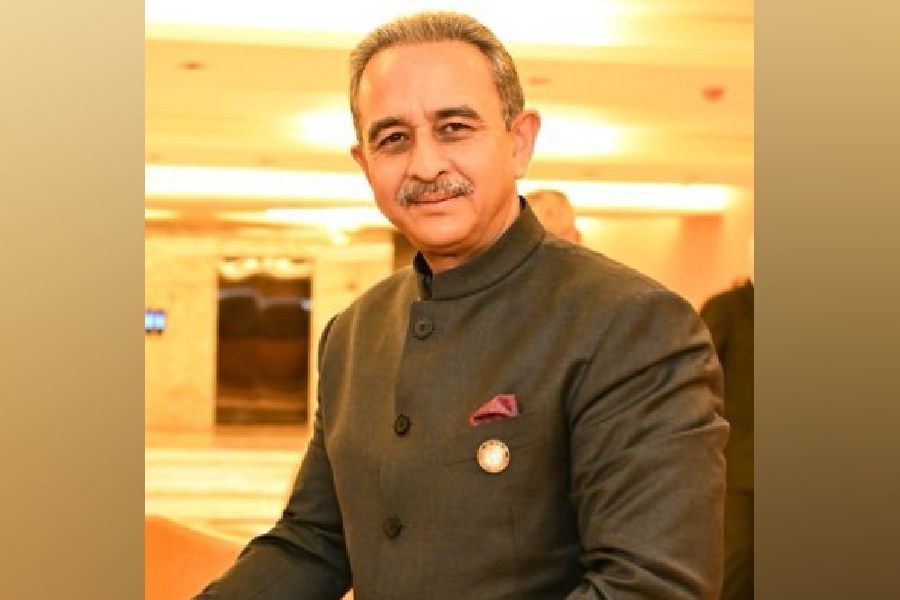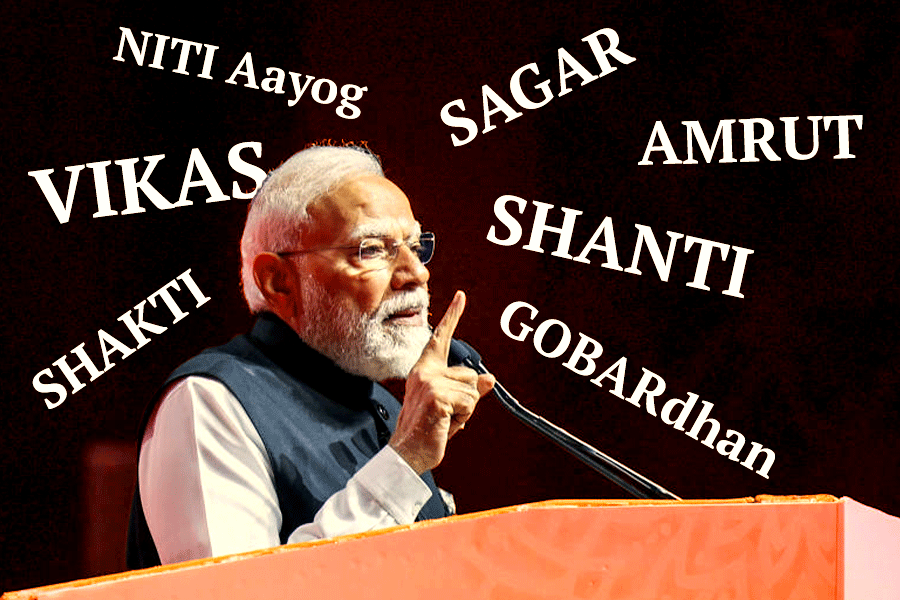The GST Council meeting later this month is likely to discuss a revamp of the Goods and Services Tax (GST) regime, with a focus on streamlining rates and phasing out the compensation cess, which will expire in March 2026.
Government officials said the compensation cess could be phased out earlier, with a new tax likely in its place. The cess is a levy on luxury and sin goods to compensate states for revenue losses in the initial years of GST.
“Once the compensation dues have all been cleared, we will collect it as GST. Compensation cess will be withdrawn, something else will come,” the officials said.
“As soon as it ends, we will introduce a new GST or increase the 28 per cent GST on those items. There is no proposal to increase the tax incidence,” they said.
The GST Council will take a final call on the new tax rate, with the aim to maintain revenue at current levels.
The Centre, in order to bring states on board to adopt the GST regime in 2017, had promised to protect 14 per cent revenue growth of the states in the first five years by levying a cess on certain luxury and sin items such as tobacco and motor vehicles. The collection of the cess was to be discontinued in June 2022. However, the GST collections dwindled during the Covid-19 pandemic.
The Centre borrowed an additional ₹2.69 trillion from the market in 2020-21 and 2021-22 and passed on the sum to states as loans to partly meet the shortfall in collections.
It was decided to continue with the cess, and the loans repaid from the cess.
Four slabs
The need to simplify the tax structure without significantly increasing the tax burden on consumers is a key challenge to policy makers.
The four-slab GST rate structure is under scrutiny, with proposals for three slabs gaining traction.
A group of ministers (GoM) tasked with recommending the changes to the GST regime is expected to submit its final report soon. The panel is examining ways to rationalise tax rates and address the inverted duty structure.
The GST Council at its last meeting had announced that Bihar’s deputy chief minister, Samrat Chaudhary will be the convenor of Group of Ministers.
The GST regime has four broad tax slabs of 5, 12, 18, and 28 per cent, along with four special rates of zero, 0.25, 1.5, 3. and 6 per cent A cess is levied over and above the highest 28 per cent rate on luxury and demerit goods.











